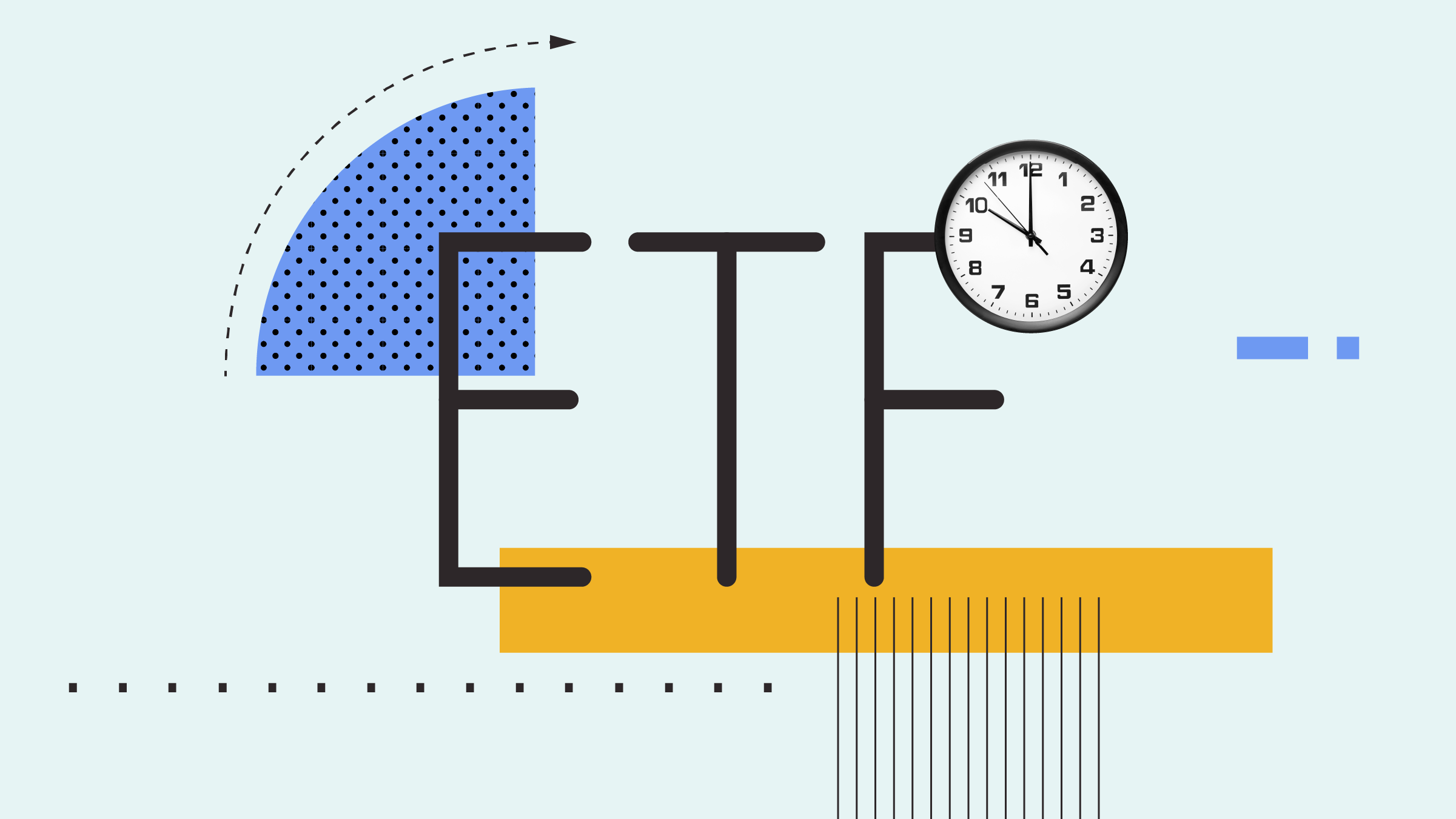This article is part of Morningstar's "Perspectives" series, written by third-party contributors.
The infinite monkey theorem states that a monkey hitting keys at random on a typewriter keyboard for an infinite amount of time will almost surely type a given text, such as the complete works of William Shakespeare. This makes perfect sense to me, but says more about infinity than it does about monkeys.
In his seminal book, A Random Walk Down Wall Street, Burton Malkiel argued that a blindfolded monkey throwing darts at a newspaper’s financial pages could select a portfolio that would do just as well as one carefully selected by the experts. This makes little sense to me: why does the monkey have to be blindfolded? Monkeys can’t read.
Unblindfolded, however, Malkiel’s monkey may make perfect sense. In a recent paper, Rob Arnott et al show that the legendary dart-throwing monkey would produce a portfolio with a substantial value and small-cap bias that would have historically outperformed the cap-weighted index. Such a portfolio, therefore, might have done just as well as one built by non-monkey experts.
Leaving monkeys (blindfolded or not) aside, the research conclusion is an important one. What it shows is the limitation of cap-weighted indices where the size of a constituent is a function of share price. Such indices by construction put more emphasis on stocks with high prices and less emphasis on stocks with low prices. They will favour components whose prices have risen the most.
This concentration risk is often unintended. And it creates risks that can be bad for your wealth when investors stampede out of crowded positions, causing violent market swings. As my colleague, Dave Barnard, points out in a recent paper, the technology sector ballooned to more than 29% of the S&P 500 in 2000. Over the next two years, the sector lost more than half its value. Similarly, Japanese stocks lost about a third of their value in the two years after their weight in the MSCI World Index peaked at 44% in late 1989. Similar trends played out in the energy sector in 1980 and in financials in 2007, at the peak of the credit bubble.
![]()
Today’s favourite market theme lies in so-called safety stocks — particularly, in the US, those with high dividend yields. At their peak in September 2012, stocks with high dividend yields had a 44% weight in the S&P 500, their largest weight since 1970 and far above their 35% average.
Cap-weighted index funds have their virtues. They can provide low-cost exposure to an asset class and, typically, they are easy to buy and sell.
But we believe that any approach which loosens the connection between weight and price is likely to have a performance edge. For example, investors could permit some increase in tracking error or create smarter-beta benchmarks based on equal-, value- or risk-weighted components, and with explicit mechanisms designed to avoid concentration risk. These solutions might be slightly more expensive than a typical passive index, but we think it’s a price worth paying to avoid the risks of a pure, cap-weighted approach. And it’s probably a better idea than giving a monkey some darts and a copy of the FT.





























